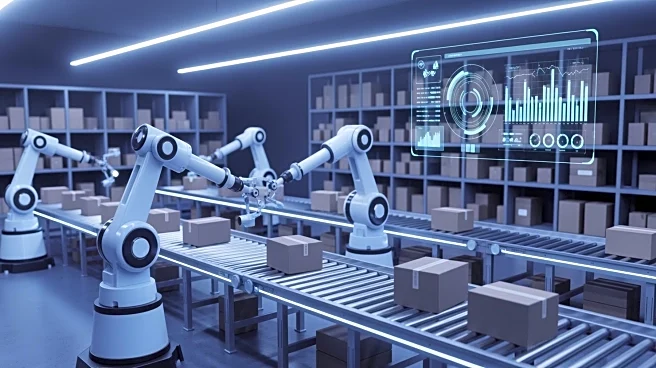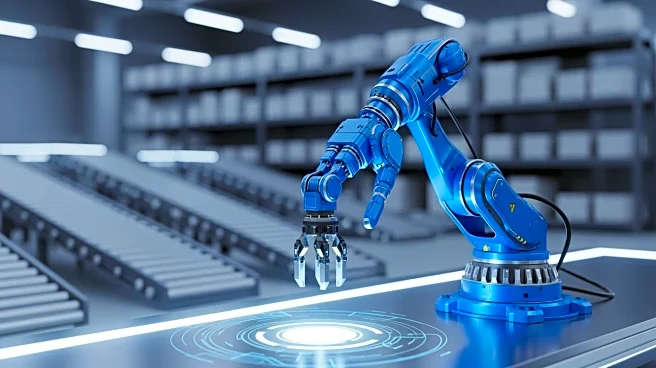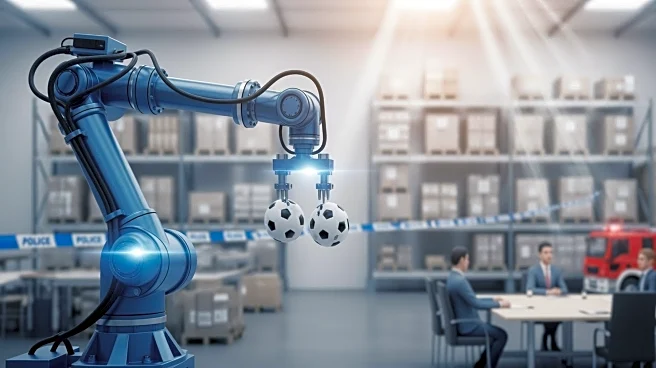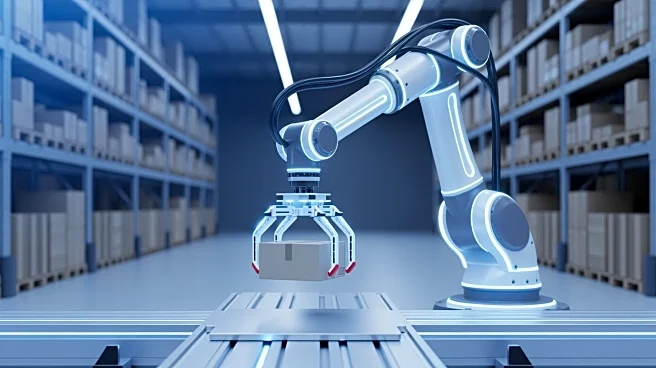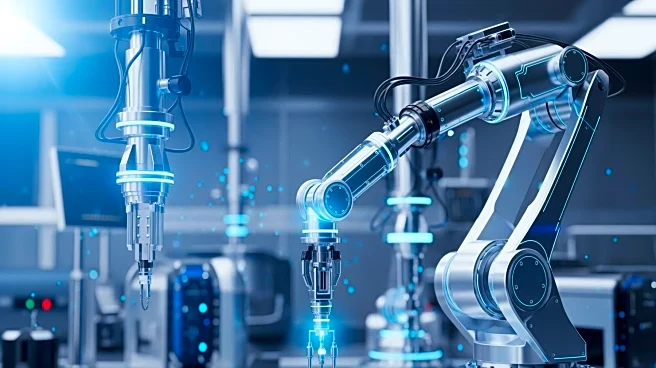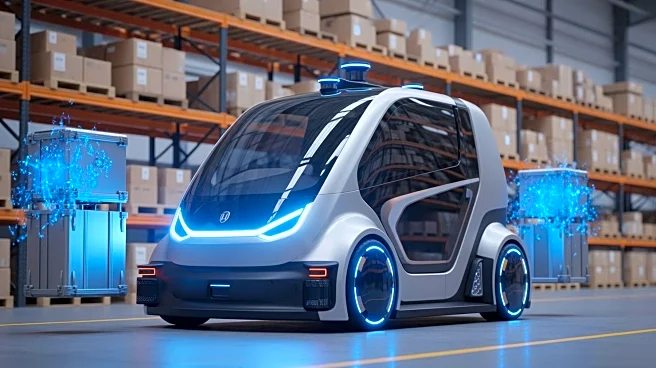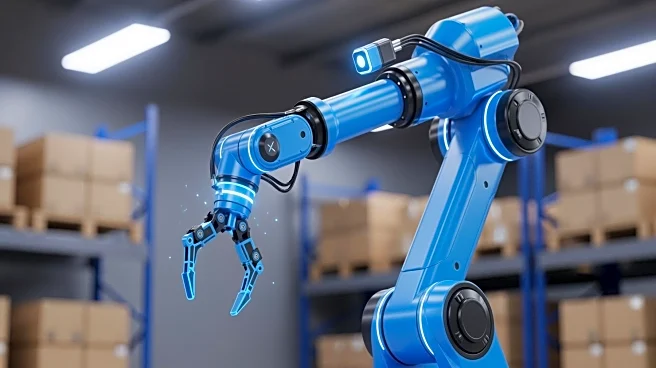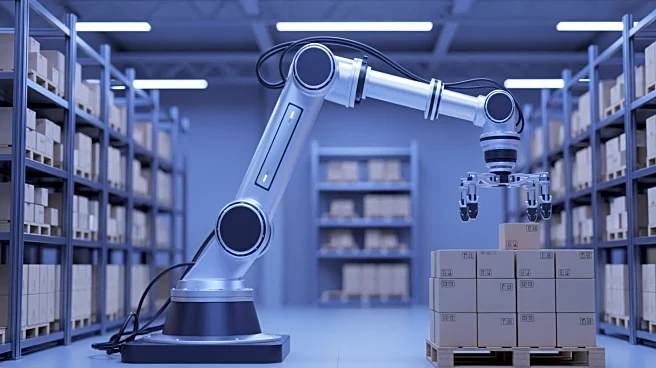What's Happening?
Automation has significantly transformed warehouse operations, with robots now managing complex tasks such as picking, packing, storage, and dispatch with high accuracy. A critical factor in optimizing
these automated systems is real-time reporting. This involves integrating robotic data, logistics insights, and performance metrics into a live dashboard, enabling real-time decision-making and minimizing downtime. Such integration allows warehouse systems to function as synchronized networks rather than isolated units. Real-time reporting provides live visibility into operations, allowing for immediate identification of slowdowns, navigation errors, or maintenance needs. This continuous data flow enhances efficiency by detecting anomalies early, preventing idle time, and dynamically coordinating operations.
Why It's Important?
The implementation of real-time reporting in warehouse robotics is crucial for maintaining high efficiency and productivity. By providing immediate insights, it allows for faster response times and predictive maintenance, ensuring maximum utilization of each robot. This system supports smarter task allocation, directing tasks to areas with the highest capacity. The ability to make quick, data-informed decisions enhances human judgment rather than replacing it, allowing supervisors to manage high order volumes with accuracy and speed. The integration of real-time data into warehouse operations represents a significant advancement in the logistics industry, potentially reducing costs and increasing competitiveness for businesses that adopt these technologies.
What's Next?
As more warehouses adopt real-time reporting systems, the logistics industry is likely to see a shift towards more data-driven operations. Companies may invest in platforms that connect robotic systems with live analytics, creating a unified source of truth for all operational metrics. This could lead to more adaptive and efficient warehouse environments, where managers can make micro-adjustments throughout the day to optimize performance. The continued development and implementation of these systems will likely drive further innovation in warehouse automation, potentially setting new standards for efficiency and adaptability in the industry.
Beyond the Headlines
The move towards real-time reporting in warehouse robotics also raises questions about data privacy and security. As warehouses become more reliant on data, ensuring the protection of this information will be crucial. Additionally, the integration of human and robotic systems may require new training programs to help workers effectively interpret and act on real-time data. This technological shift could also influence labor markets, as the demand for skilled workers who can manage and maintain these advanced systems increases.


